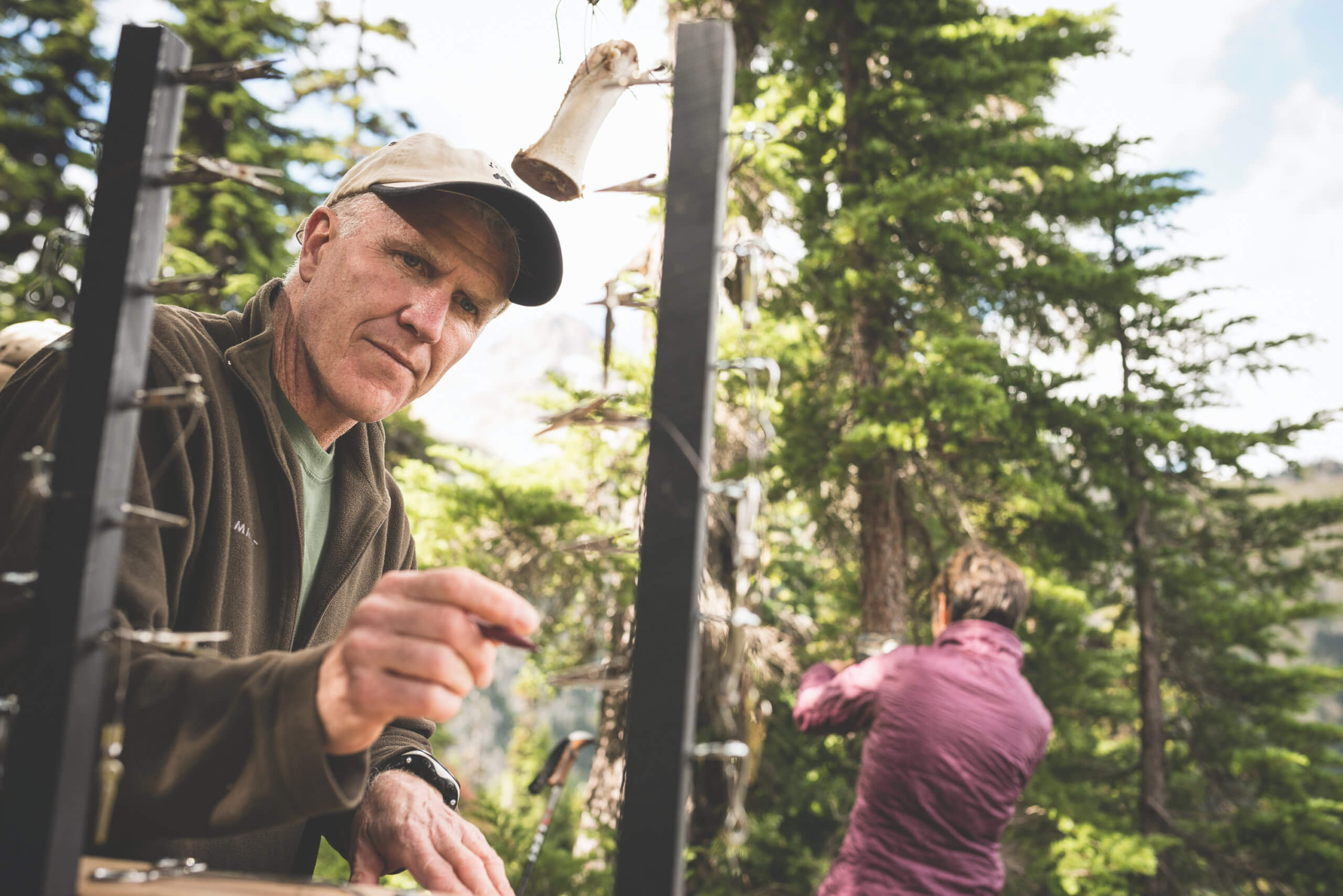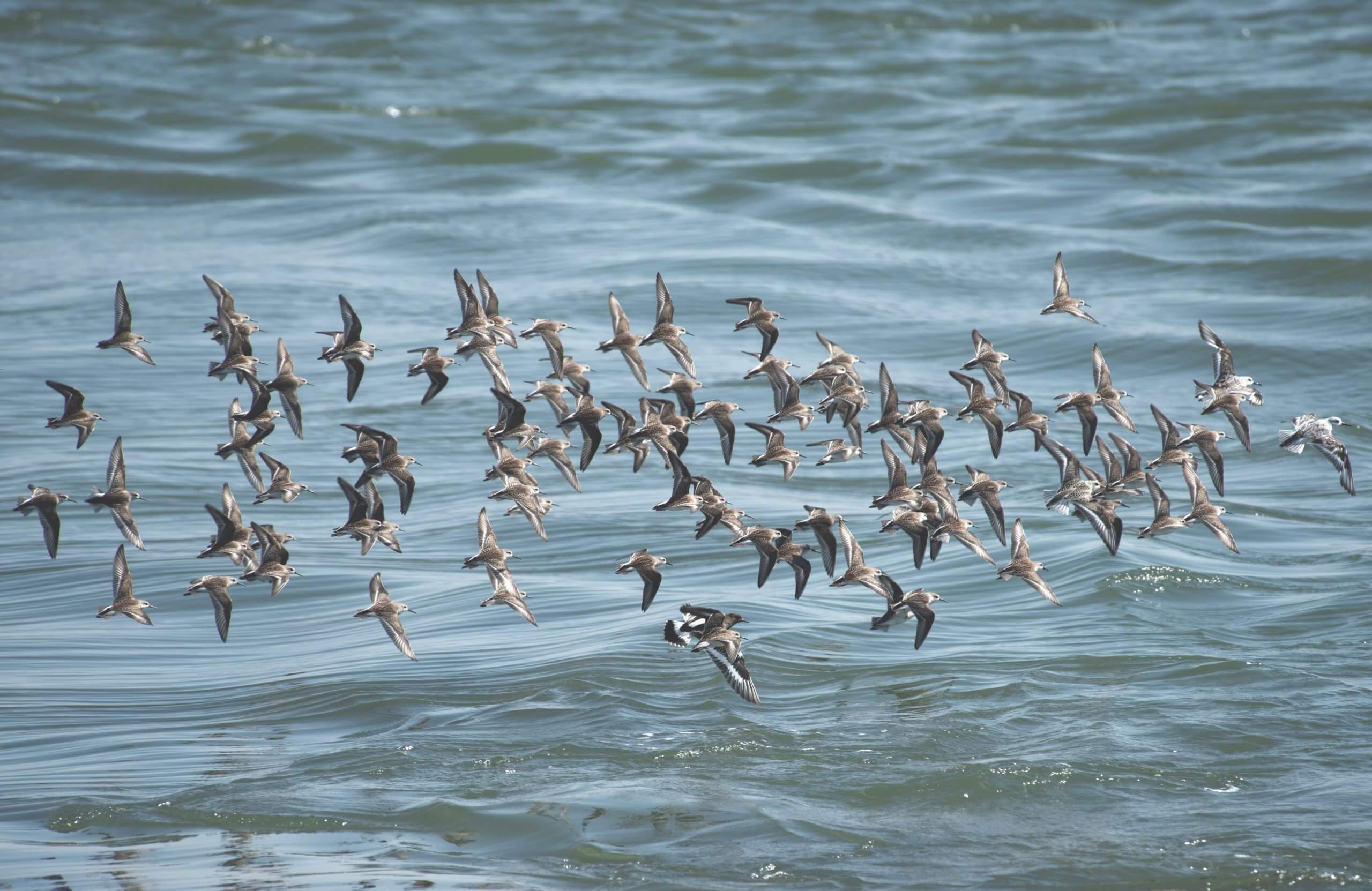By Heather Galindo
Published January 28, 2014
Title: How To Make Yourself Presentable
Categories: How To, Communication
Tags: Heather Galindo, conferences, culture, presenting, story
Over my three years working here at COMPASS, I’ve come to witness a curious, repeated phenomenon. A significant part of my job involves engaging with scientists through trainings or helping them prepare for conference symposia, policy briefings, or media outreach. For the most part, scientists take on with gusto the task of more effective communication to non-science audiences – diving in headfirst to think outside the box and become better at sharing their research with the wider world. But then…it happens. I see that same scientist who was able to hook in a journalist or get a policymaker to sit up straight in his or her chair, get up in front of his or her scientific peers and again bombard them with fifty shades of n-dimensional graphs.
Taking a new approach to your scientific talk could win you hearty applause from your peers. Photo credit: open hardware summit
As we all know (especially as the end of January puts New Year’s resolutions in a new light), old habits are hard to break. However, it is possible to reach a science communication tipping point of sorts. In cases where a scientist has worked with COMPASS in multiple contexts, I often see that rather than using effective communication as a translation filter for certain audiences, they start to THINK in a more clear and concise manner. Even when engaging with their peers, these individuals learn that by starting with the core of their message, their audience has more energy for thoughtful discussion (since less is spent on having to connect the dots). They realize that just because an audience could follow jargon and data dumps, it doesn’t mean it should.
In this spirit, I am often asked how to get started on putting together an effective presentation whether it is for scientific or non-scientific audiences. Below is the advice I have repeated verbally or via email on numerous occasions to those brave souls who are willing to reconsider their slides of scatter plots and 11-point font tables:
• As our own Nancy Baron often says, “You can do anything, but you can’t do everything.” Rather than approaching your talk by thinking about everything you WANT to include, think about what you NEED to include to get across your core message. Your audience is likely to only remember 2-3 key facts from your talk, so everything you say and show should be in support of those points. The details are the things you want to get people to ask about later.
• Think about what makes things memorable to you: surprising facts, compelling visuals, and (for most people) a great story. Most of the best scientific talks I’ve seen don’t begin with an outline, but instead with an intriguing idea or question that the speaker develops and shares insights about over the next 10-30 minutes.
• Speaking of compelling visuals, here are a few rules of thumb:
◦ The less text, the better. You want the audience looking at you, not squinting at the screen. And the text you do use should be in easy-to-read fonts and colors at a size appropriate for the venue you will be in.
◦ If you can use photos or illustrations to make your point, your audience will thank you. Just remember to respect copyrights and give credit as appropriate.
◦ Do not put up anything you are not going to talk about or that requires the disclaimer “I don’t expect you to be able to read this”. Hopefully you will have a website or publication to point people towards instead.
◦ If you are going to show graphs, choose only a key few, keep them simple and well labeled, and walk the audience through axes and any necessary caveats BEFORE you interpret the results.
◦ Take advantage of design resources that are out there. A few good places to start are these books and entertaining video clips from Duarte and Todd Reubold’s Fight the Power(point)! slidedeck. (Got other great resources? Share them in the Comments section!)
◦ Consider taking advantage of expanding your audience via social media. Encourage people to live-tweet your talk, put your Twitter handle on your title slide, and suggest a hashtag (or be clear if you don’t want your talk live-tweeted). You can also invite questions from Twitter and follow-up on online conversations after your session ends.
In the end, the goal of talking with your peers is often the same as with non-scientific audiences: you want to share ideas, spark conversation, and potentially form new working relationships. So before you head off to your next conference, I encourage you think about preparation in a new way (more help on this front in my previous posts here and here). Think of it as an experiment – you just might be surprised at the results…
Dr. Heather Galindo worked at COMPASS from 2010-2015. This post was transferred from its original location at www.compassonline.org to www.COMPASSscicomm.org, August 2017.



